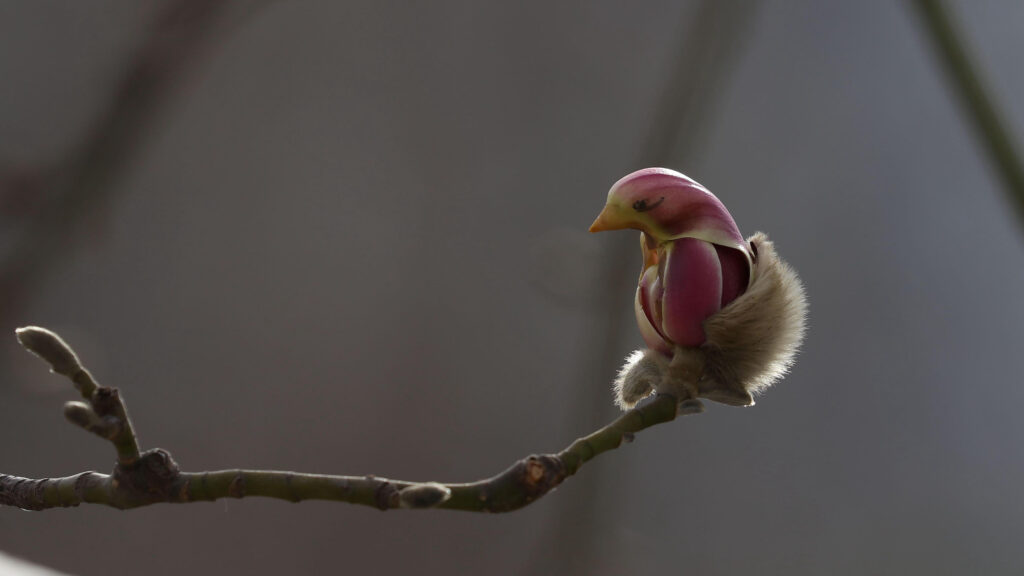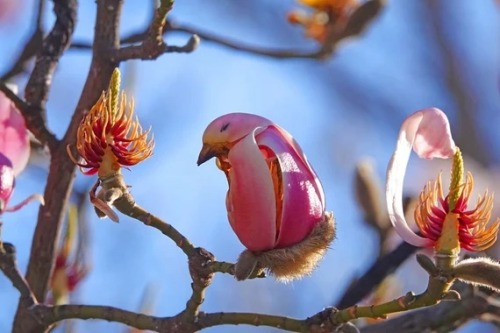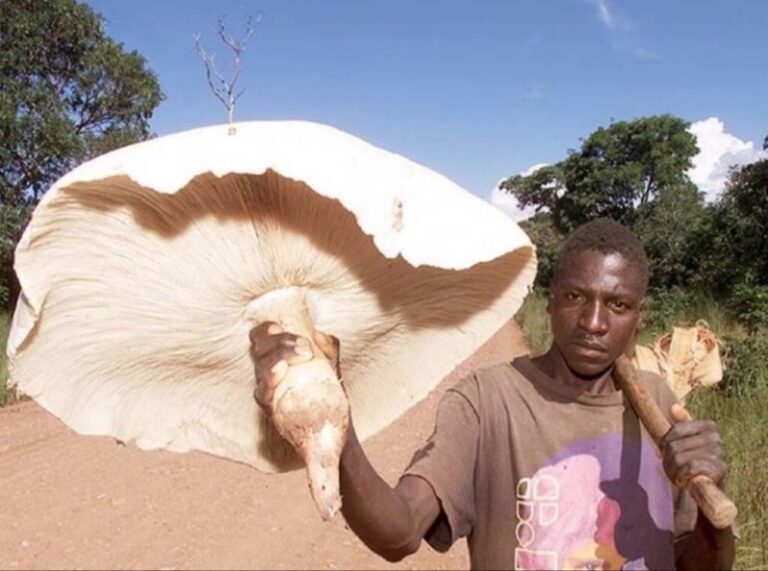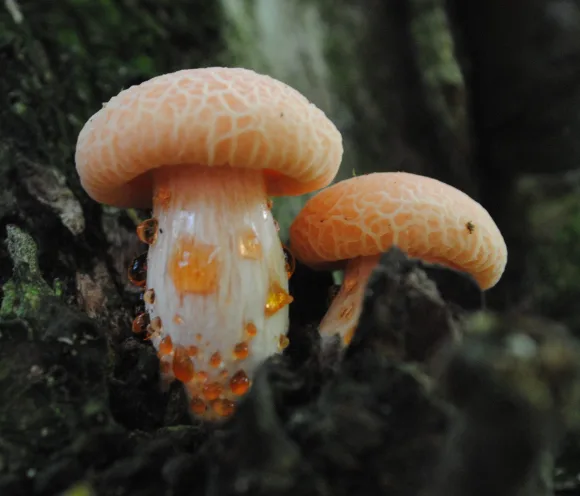Magnolia Liliflora: The Flower That Resembles Birds
At first glance, you might mistake the stunning blossoms of Magnolia liliflora for exotic birds poised to take flight. However, these captivating flowers are indeed a unique species of magnolia, known for their striking appearance and delightful fragrance. Let’s delve into some interesting facts about this remarkable flower!

Origin and Habitat
Magnolia liliflora, commonly known as the lily-flowered magnolia, is native to the temperate regions of China. It thrives in various environments, including gardens and parks, and is prized for its ability to adapt to a range of soil types. This resilient flower can be found in USDA hardiness zones 5 through 9.
Distinctive Features
One of the most striking characteristics of the lily-flowered magnolia is its unique flower shape. The petals are elongated and often curl backward, resembling the wings of a bird. They typically bloom in shades of pink to purple, creating a breathtaking display against the backdrop of spring greenery.

A Symbol of Spring
The blooming season for Magnolia liliflora usually occurs in early spring, making it a symbol of renewal and the arrival of warmer weather. The flowers are not only visually stunning but also emit a sweet, lemony fragrance that attracts pollinators like bees and butterflies, making them an essential part of the ecosystem.
Cultural Significance
In various cultures, magnolias are associated with dignity and nobility. In Chinese culture, the magnolia is often viewed as a symbol of purity and beauty. The lily-flowered magnolia, with its delicate appearance, embodies these qualities and is often used in traditional medicine for its soothing properties.
Care Tips for Gardeners
If you’re interested in adding Magnolia liliflora to your garden, here are a few care tips:
- Location: Plant in a location that receives full sun to partial shade for optimal blooming.
- Soil: Ensure well-drained, rich soil to help the plant thrive.
- Watering: Regular watering is essential, especially during dry spells, but be careful not to overwater.
- Pruning: Prune after flowering to maintain shape and encourage new growth for the following year.
In conclusion, Magnolia liliflora is more than just a flower that resembles birds; it’s a beautiful addition to any garden that symbolizes the joys of spring. With its exquisite shape, delightful fragrance, and cultural significance, it’s a plant worth celebrating and cultivating.






